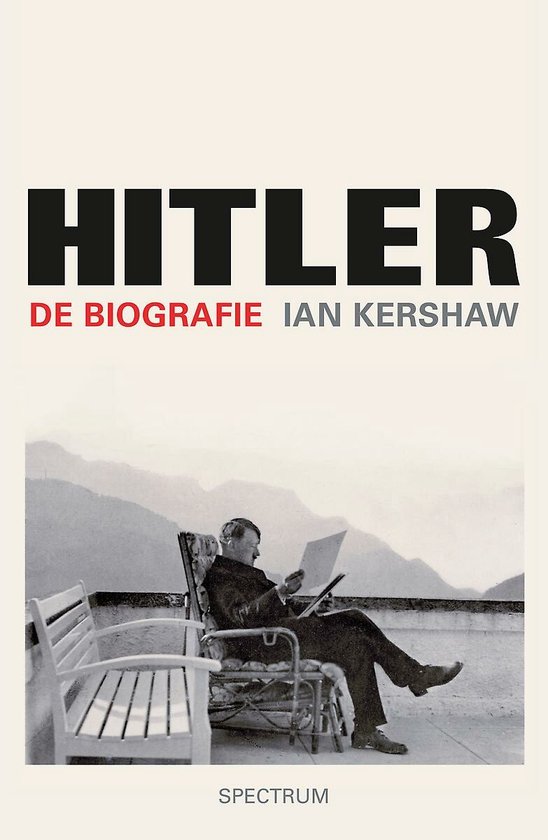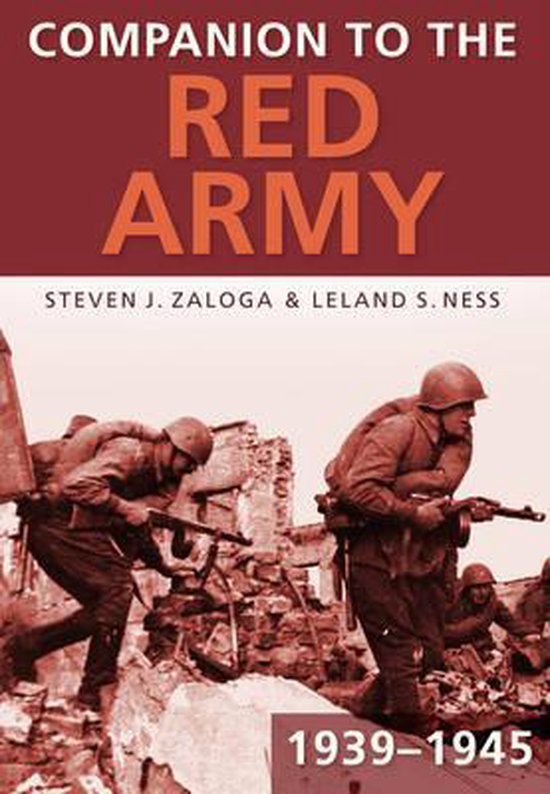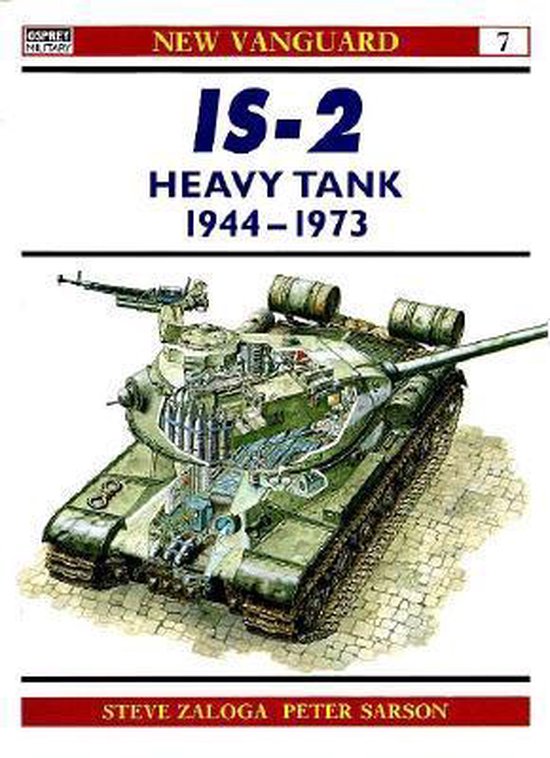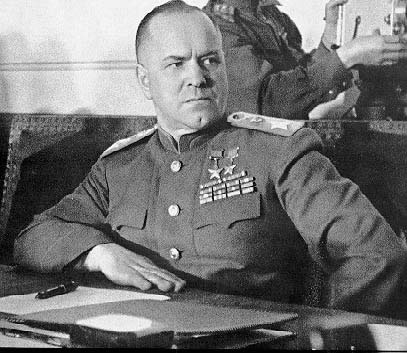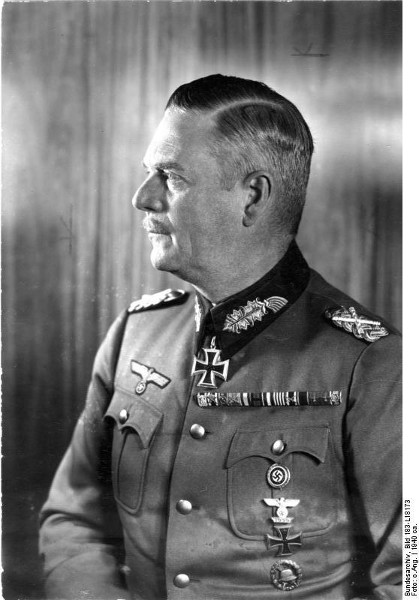Deutsch-Russisches Museum Berlin-Karlshorst
On May 8, 1945, World War II was brought to an end with the surrender of the German Wehrmacht at Berlin-Karlshorst. The bloodiest conflict of modern history to date claimed a death toll of at least 50 million people.
In 1967, the Soviet Army stationed in the GDR founded the Museum der bedingungslosen Kapitulation des faschistischen Deutschland im Großen Vaterländischen Krieg 1941 - 1945 ("Museum of the Unconditional Surrender of Fascist Germany in the 'Great Patriotic War' of 1941 - 1945"). The museum was located in the same building where the signing of the capitulation took place in 1945. Initially, the museum was open only to members of the Soviet Army; however, soon afterwards, it opened to the general public.The room where the capitulation was signed can still be seen in the same state. The museum's emphasis is on the horrors in the East.
The German unification on October 3, 1990 and the withdrawal of the Soviet Army raised new questions as to the future of the museum as well as the artifacts it contained. The Soviets offered to maintain the collection at Karlshorst and to allow for the continuation of the museum. The renewed museum opened its doors to the public on May 10, 1995. The room where the capitulation was signed can still be seen in the same state. The museum's emphasis is on the horrors in the East.
Outside the museum is a collection of Soviet war material, including a number of guns, a T34 tank and an SU-100 tank destroyer.
For current visiting hours, please visit the website of the museum.
Do you have more information about this location? Inform us!
Source
- Text: Deutsch-Russisches Museum Berlin-Karlshorst en Jan de Jager
- Photos: Bernd Brittner (1, 2), Jan de Jager (3, 4, 5, 6, 7, 8)
Related books
Nearby
Museum
Point of interest
- Air-raid Shelter Zwieseler Straße - Berlin
- Former Headquarters Soviet Occupation Force Berlin - Berlin
- Former NKVD Prison - Berlin
Monument
- T-34/85 Tank Berlin-Karlshorst - Berlin-Karlshorst
- Memorial Bernhard Lichtenberg - Berlin-Karlshorst
- Memorial Stone Nikolai Berzarin - Berlin
Cemetery
- German War Graves Berlin Karshorst-Nieuw-Friedrichsfelde - Berlin
- Italian War Graves Berlin-Friedrichsfelde - Berlin
- German War Graves Alter Friedrichsfelder Friedhof - Berlin

